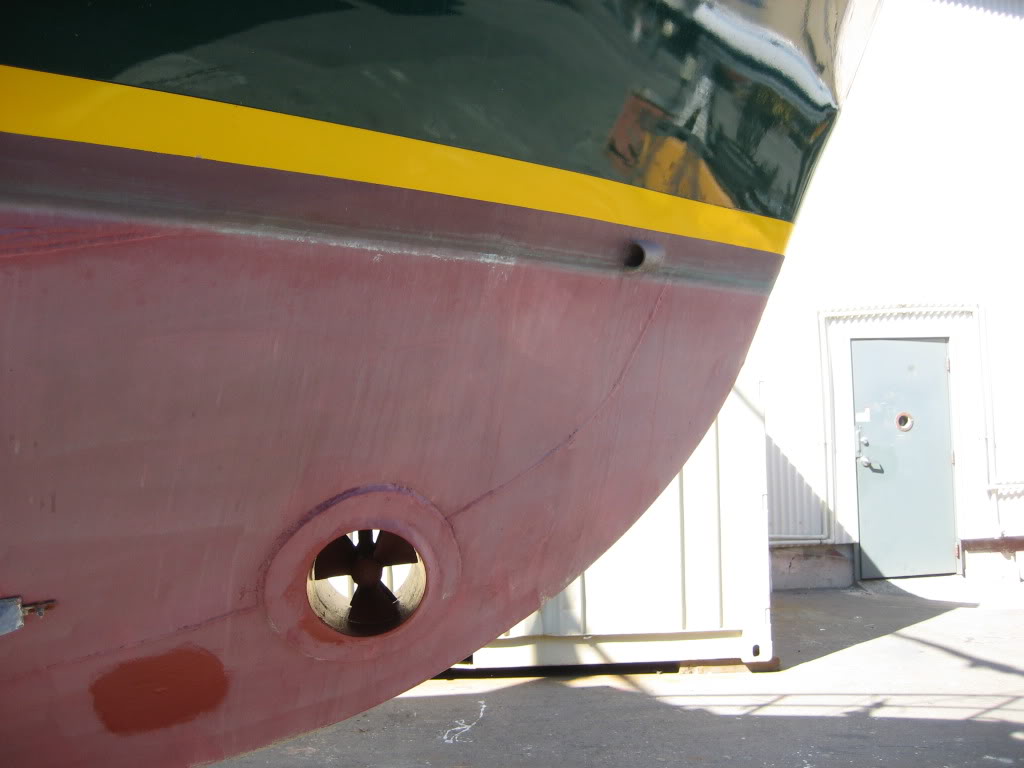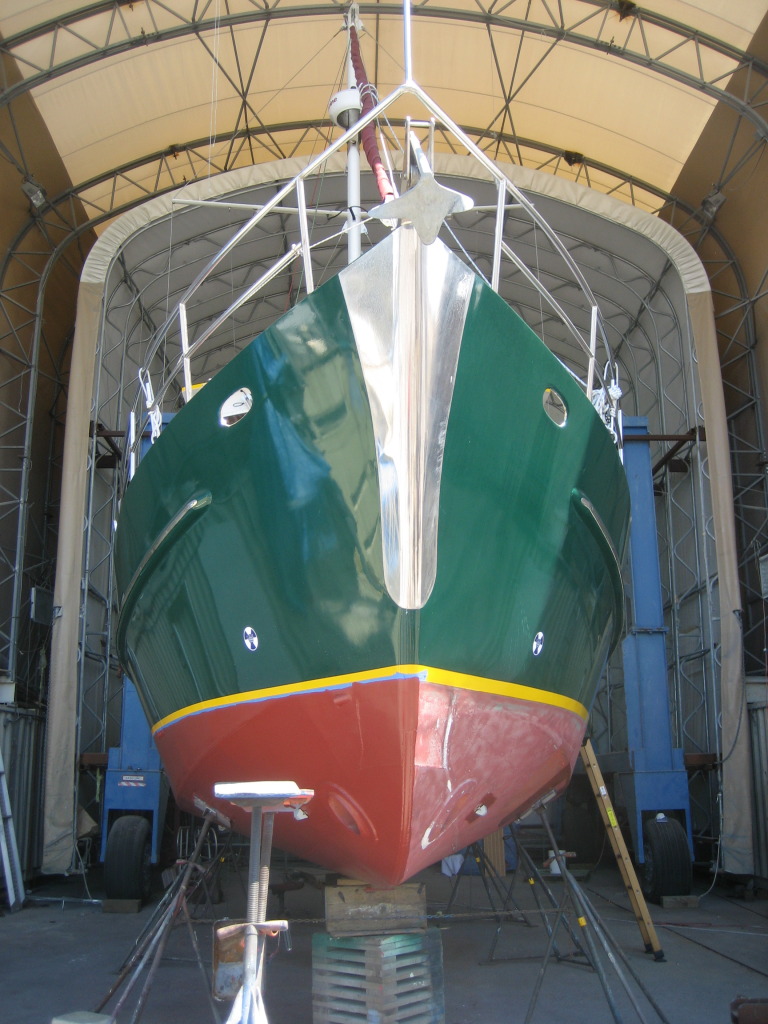Conrad
Guru
- Joined
- Oct 19, 2007
- Messages
- 1,972
- Location
- Canada
- Vessel Name
- Blue Sky
- Vessel Make
- Nordic Tugs 42 Hull #001
Good point, Bob. Guess I'm most concerned about docking (though most marinas have dock hands I assume) and passing through locks since I've never operated anything over 20'. Most of the comments seem to say with training and planning it should be doable.
Dave
Don't assume that most marinas will have dock hands, and especially not for your home berth. My experience is that docking assistance is generally available only during the summer cruising season.






 )
)




 Soooo
Soooo


